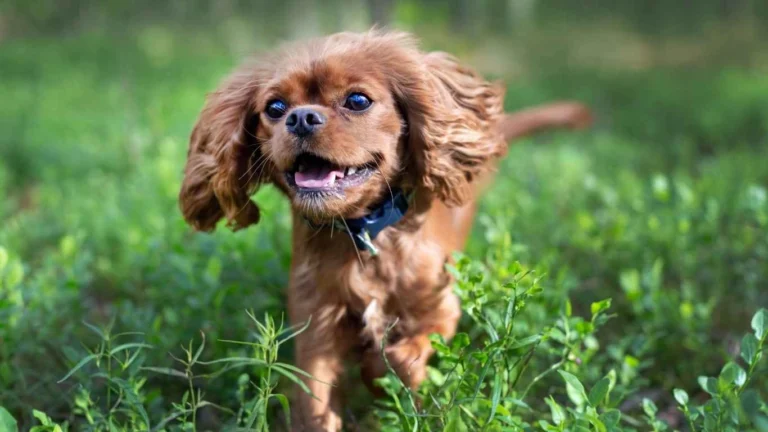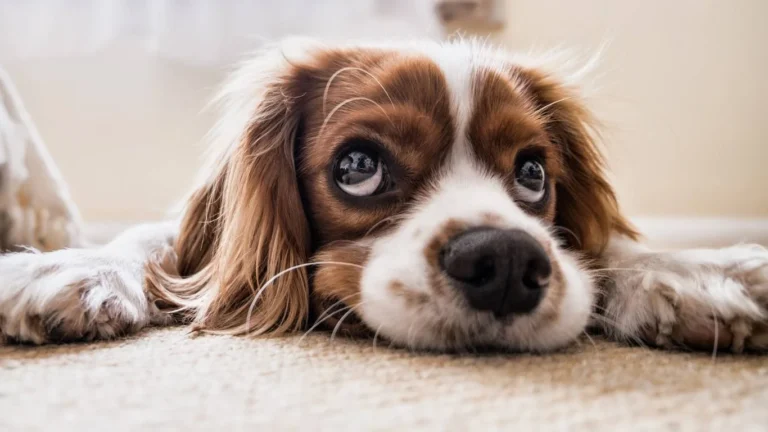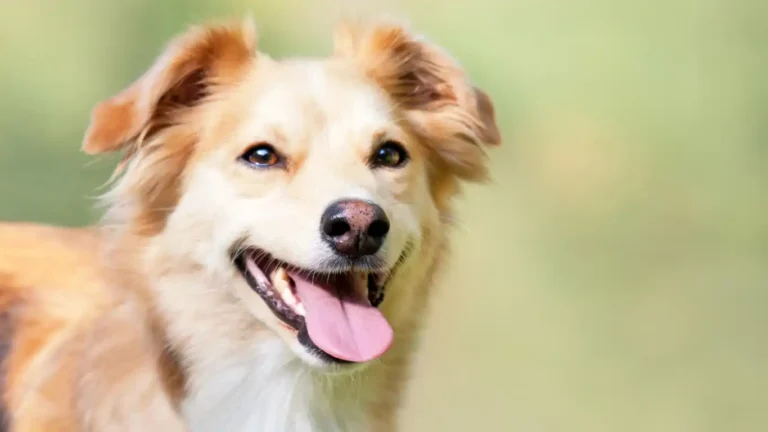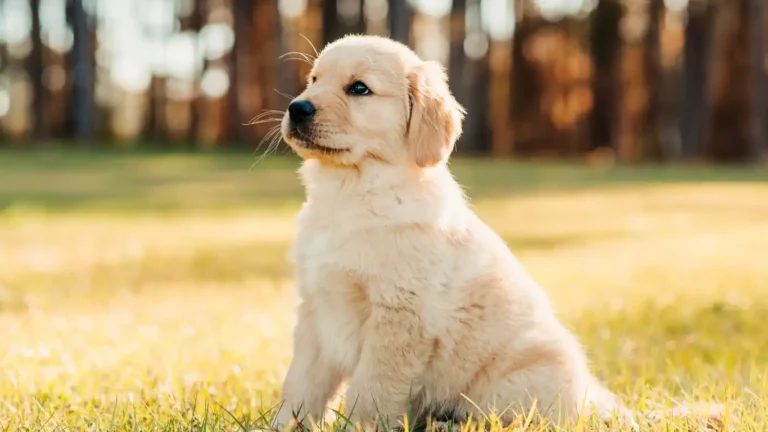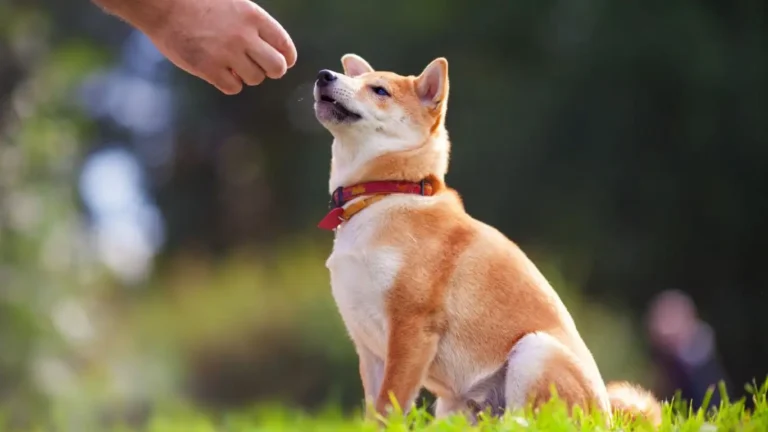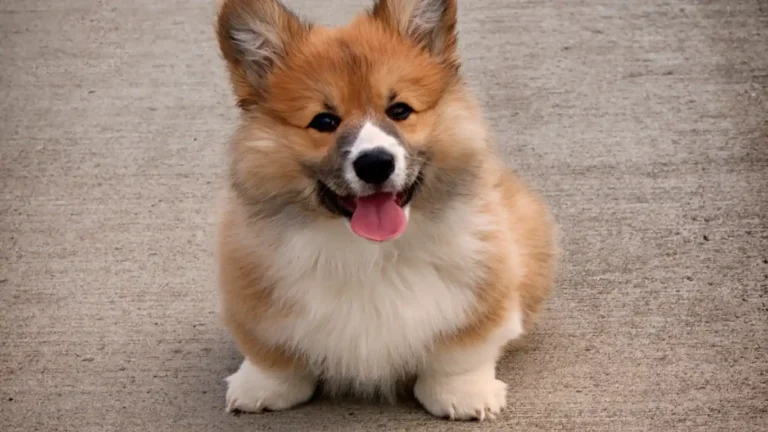Best Ways to Stop a Dog from Jumping on Guests Effectively
As a Pet Nutritionist and pet care expert working closely with veterinarians and pet owners, I’ve seen firsthand how common it is for dogs to get a little too excited when guests come over. It’s a classic scenario: the doorbell rings, and suddenly, your dog is bouncing around, eager to greet every guest with a leap, a lick, and maybe a bit too much enthusiasm. While this behavior is often rooted in excitement and affection, it can become problematic if it goes unchecked. Not only can it be overwhelming for visitors, but it can also lead to unwanted behaviors and even accidents. In this post, we’ll dive into some of the best ways to stop a dog from jumping on guests and how to handle this situation in a way that’s both effective and compassionate.
Understanding Why Dogs Jump on Guests
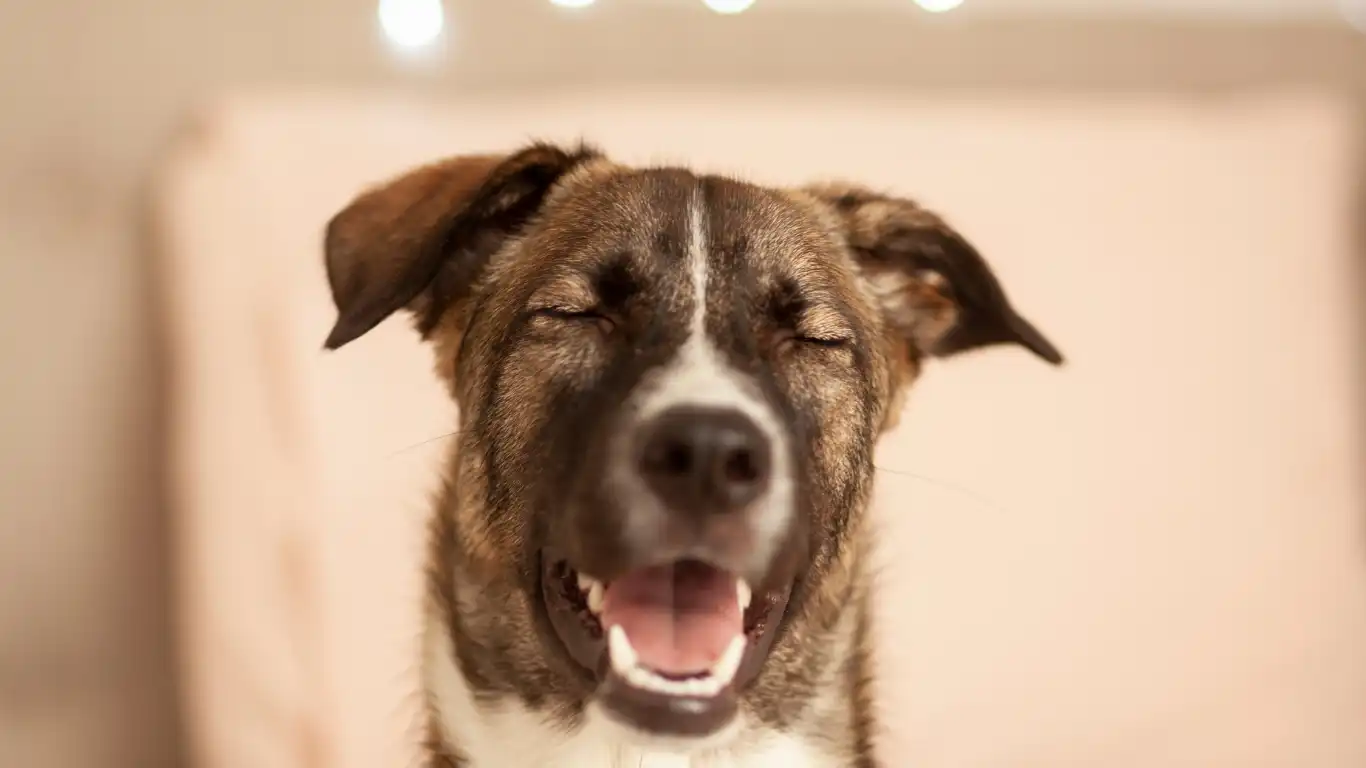
If you’re struggling with a dog that jumps on guests, you’re not alone. This is a common behavior for many dogs, and it often starts at a young age. Understanding why dogs engage in this behavior can help you tackle the issue more effectively. The root cause of your dog’s jumping usually stems from one of the following reasons:
- Excitement: Dogs are naturally social creatures, and when they see someone new or their favorite person walking through the door, they often can’t contain their joy. This burst of energy sometimes manifests in the form of jumping.
- Attention-Seeking: Dogs quickly learn that jumping gets them noticed. Whether it’s a pat on the head or a full-on cuddle session, your dog may have learned that jumping on guests results in some form of attention, even if it’s not always the attention they want.
- Affection: Sometimes dogs simply want to show their love. They may jump because they’re eager to say “hello” and show you how much they care.
- Lack of Training: If your dog hasn’t been properly trained to greet guests politely, they may resort to jumping. Without understanding that this behavior isn’t acceptable, they continue to repeat it.
Is Jumping a Sign of Aggression?
It’s important to note that while jumping can be annoying, it’s typically not a sign of aggression. In fact, most dogs jump because they are overjoyed and excited to see someone. However, if your dog’s jumping is accompanied by growling, baring teeth, or other aggressive behaviors, it’s important to consult with a professional trainer or behaviorist, as this could indicate a deeper behavioral issue. But for the majority of dogs, jumping on guests is simply a learned behavior tied to excitement or a desire for attention.
The Best Ways to Stop a Dog from Jumping on Guests
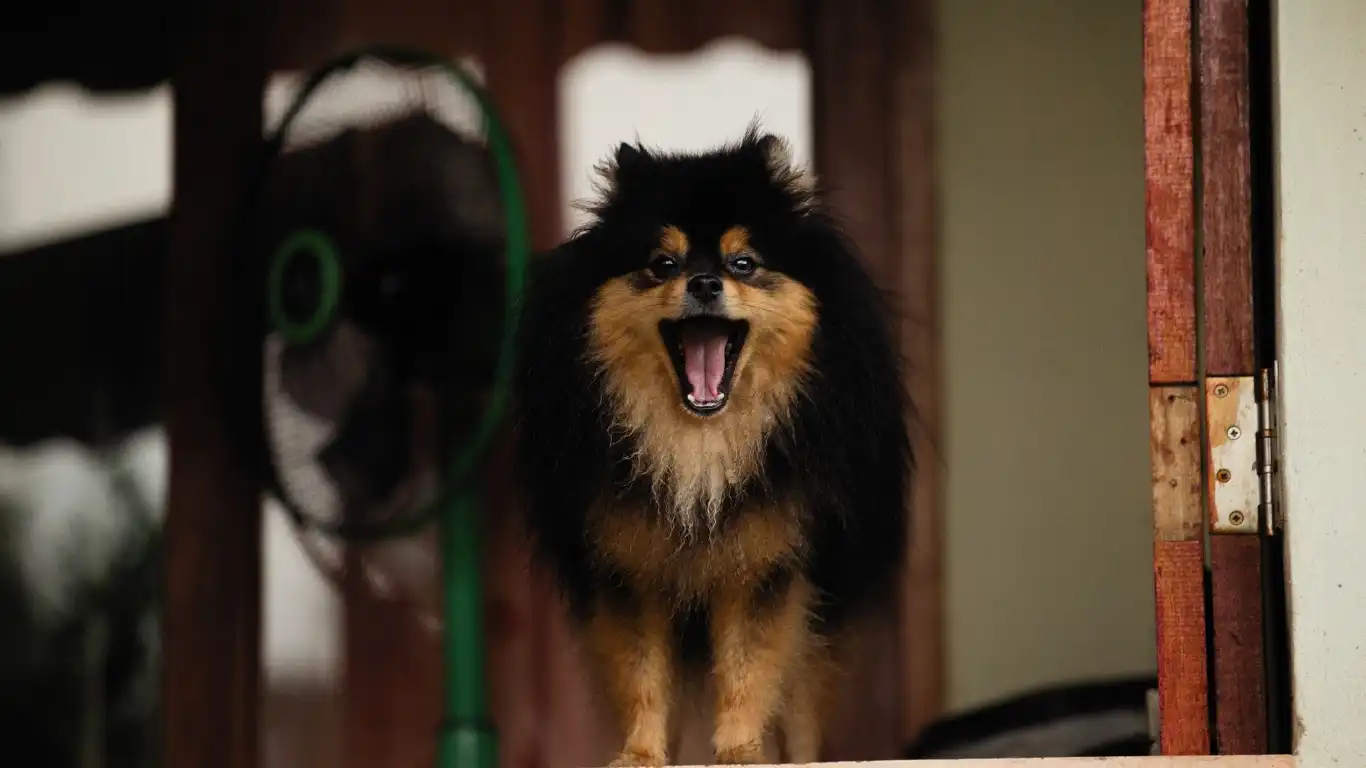
Now that we have a better understanding of why dogs jump, it’s time to look at practical solutions for curbing this behavior. Here are some of the most effective methods to stop a dog from jumping on guests:
1. Teach Your Dog to Sit Before Greeting Guests
One of the most effective ways to stop your dog from jumping is to teach them to sit calmly before they greet anyone. This is a simple behavior that, with practice, can become second nature. Here’s how you can start:
- When a guest arrives, have your dog on a leash and ask them to sit. If they try to jump, gently guide them back into a sitting position.
- Reward them with praise or treats as soon as they stay seated, reinforcing the calm behavior.
- Over time, your dog will learn that sitting and staying calm is the best way to get attention when guests arrive.
This method not only teaches your dog a more appropriate greeting behavior but also helps to establish structure and consistency, which is key in all aspects of dog training.
2. Use Positive Reinforcement
Positive reinforcement is a powerful training tool when it comes to stopping unwanted behaviors, including jumping. Instead of punishing your dog for jumping, reward them for exhibiting the behavior you want to see. Here’s how:
- When your dog approaches a guest, immediately reward them if they remain calm and keep their paws on the floor.
- If they start to jump, turn away and ignore them until they stop. Once they stop jumping, give them attention and a treat.
- Be consistent with your rewards. The more often your dog gets rewarded for calm behavior, the more likely they are to repeat it.
Consistency is key here—if your dog receives attention when they’re calm, they’ll start to associate calm behavior with positive outcomes.
3. Practice “No Jumping” Command
Another effective method is teaching your dog a “no jumping” command. This can be helpful when guests are just arriving, and your dog is excited to say hello. The “no jumping” command can be taught with these simple steps:
- Start by standing still and saying “no jump” whenever your dog attempts to jump. Use a firm, calm voice.
- If your dog stops jumping, immediately reward them with praise or a treat.
- If they continue to jump, gently guide them back to the ground without using physical force.
It may take some time for your dog to understand, but with patience and consistency, they’ll eventually get the hang of it.
Creating a Calm Environment Before the Doorbell Rings

Sometimes, managing your dog’s jumping starts even before the guest arrives. Dogs often jump as soon as the doorbell rings or when they hear someone at the door. You can reduce the chances of jumping by setting the right environment ahead of time:
- Prepare your dog for the arrival: Have your dog in a calm space, such as their crate or a designated area, before guests arrive. This helps prevent overexcitement.
- Train with doorbell sounds: Play a recording of doorbell sounds and practice your dog remaining calm and sitting. Reward them for staying calm when they hear the bell.
- Keep your dog engaged: Provide them with a toy or treat to distract them while you’re greeting guests. This can help focus their energy elsewhere.
By setting your dog up for success ahead of time, you’re minimizing the chances of them jumping when guests arrive.
Consistency is Key: How to Stay on Track with Training
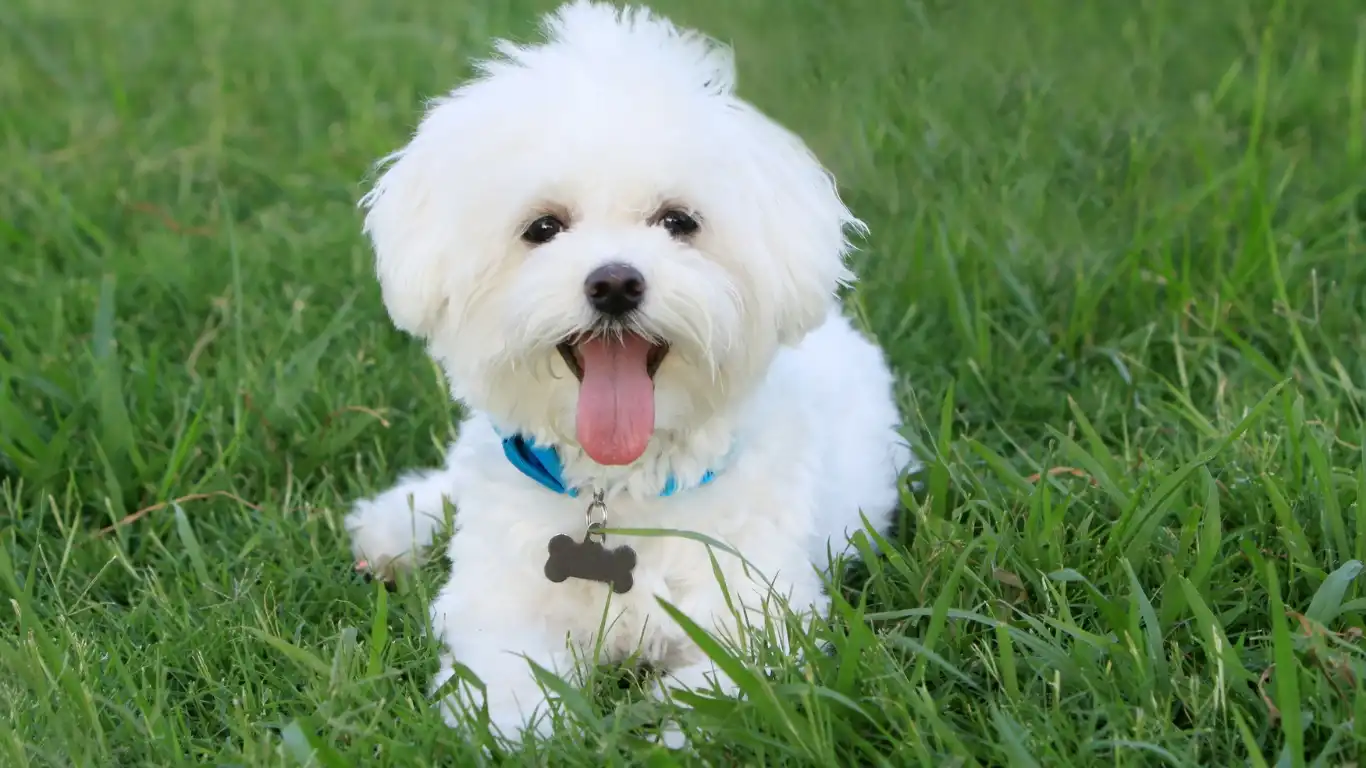
When it comes to stopping a dog from jumping on guests, consistency really is everything. It’s not enough to expect your dog to change behavior overnight. Trust me, I’ve been there! As a pet care expert, I’ve worked with countless dogs, and one thing I’ve learned is that it’s crucial to stick with your training routine—no matter how many times your dog tries to jump on guests. I know it can be frustrating, but with time and patience, your dog will learn what’s expected of them.
So, how can you ensure you’re being consistent with your training? Here are a few tips:
- Set clear rules from the start: Make sure everyone in your household is on the same page. If one person allows jumping while others discourage it, your dog will get mixed signals. Consistency in expectations is key to success.
- Use the same commands: Whether you say “sit” or “no jump,” be consistent in your language. Dogs are great at picking up on cues, but they need repetition and clarity to really understand what you’re asking of them.
- Practice regularly: Don’t wait for guests to arrive before you start working on your dog’s behavior. Set up practice sessions where you have a family member or friend come to the door and work with your dog on staying calm and seated.
The more consistent you are, the quicker your dog will make the connection between good behavior and rewards. It’s all about repetition and patience—both of which are totally worth it when you see your dog calmly greeting guests in the future!
Redirecting Energy with Positive Alternatives
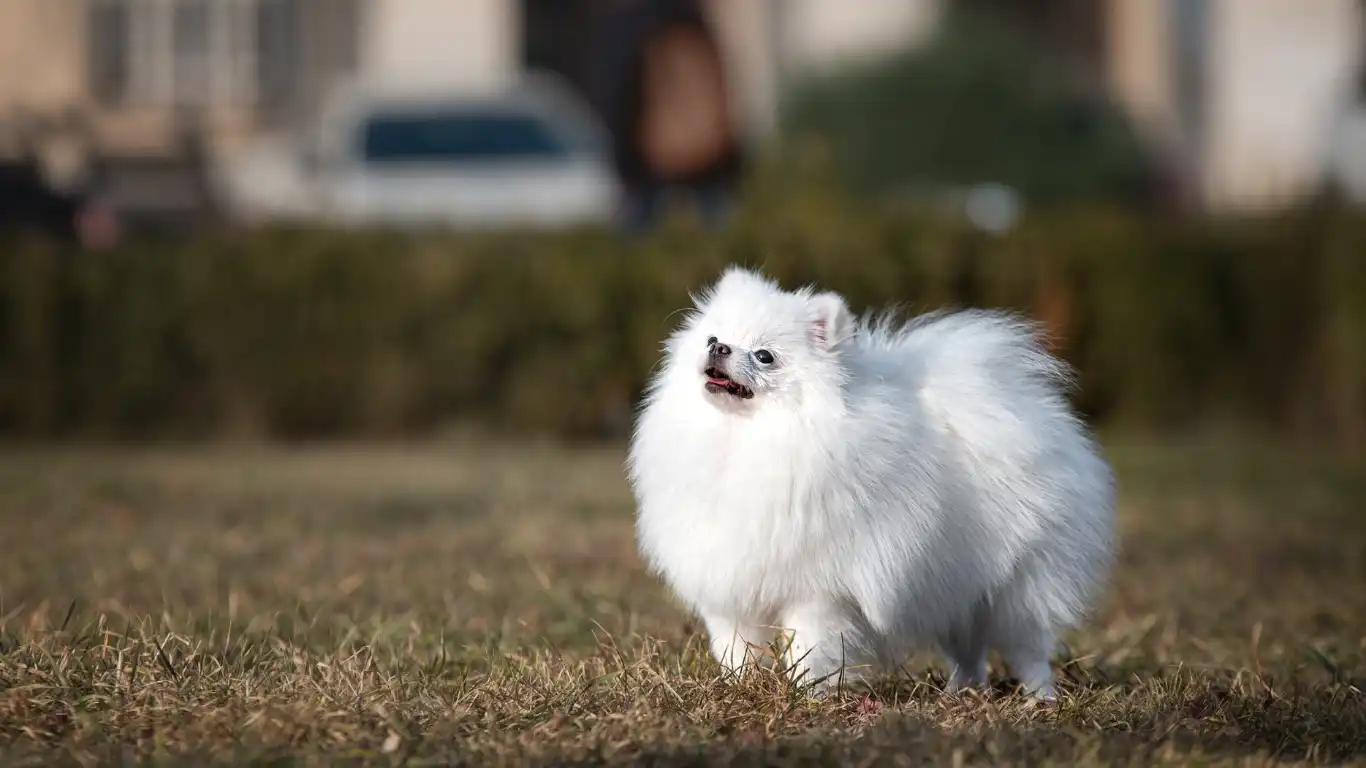
One thing I’ve noticed in my years of working with dogs is that they often jump because they have a lot of energy and need an outlet. Sometimes, the best way to stop a dog from jumping is by redirecting that energy to a more appropriate behavior. This not only prevents jumping but also provides an outlet for your dog’s excitement.
Here are some alternative activities to keep your dog busy and engaged:
1. Provide Chew Toys or Puzzles
If your dog is particularly jumpy when guests arrive, having a chew toy or puzzle ready for them can keep their mind occupied. I’ve seen it work time and again. Dogs love toys that engage their problem-solving skills, and giving them something to focus on at the door can really help to manage their excitement.
When you notice your dog is getting ready to jump, offer them a toy instead. This helps them associate a calm, seated greeting with positive reinforcement—whether that’s through their favorite chew toy or a food puzzle. The best part? You’ll be preventing jumping and keeping your dog happily distracted.
2. Training Sessions for Mental Stimulation
Training sessions don’t always have to be focused on “no jumping” specifically. You can also train your dog in basic obedience or new tricks. In fact, teaching them new skills can provide both mental stimulation and an outlet for their energy. Try teaching your dog something like “stay” or “leave it” to help them focus their attention away from the door and onto the task at hand.
Every time your dog succeeds in following your commands, reward them! Positive reinforcement works wonders. The more you engage their minds, the less likely they are to focus on jumping and the more they’ll look forward to working with you.
Managing Your Dog’s Greeting Ritual
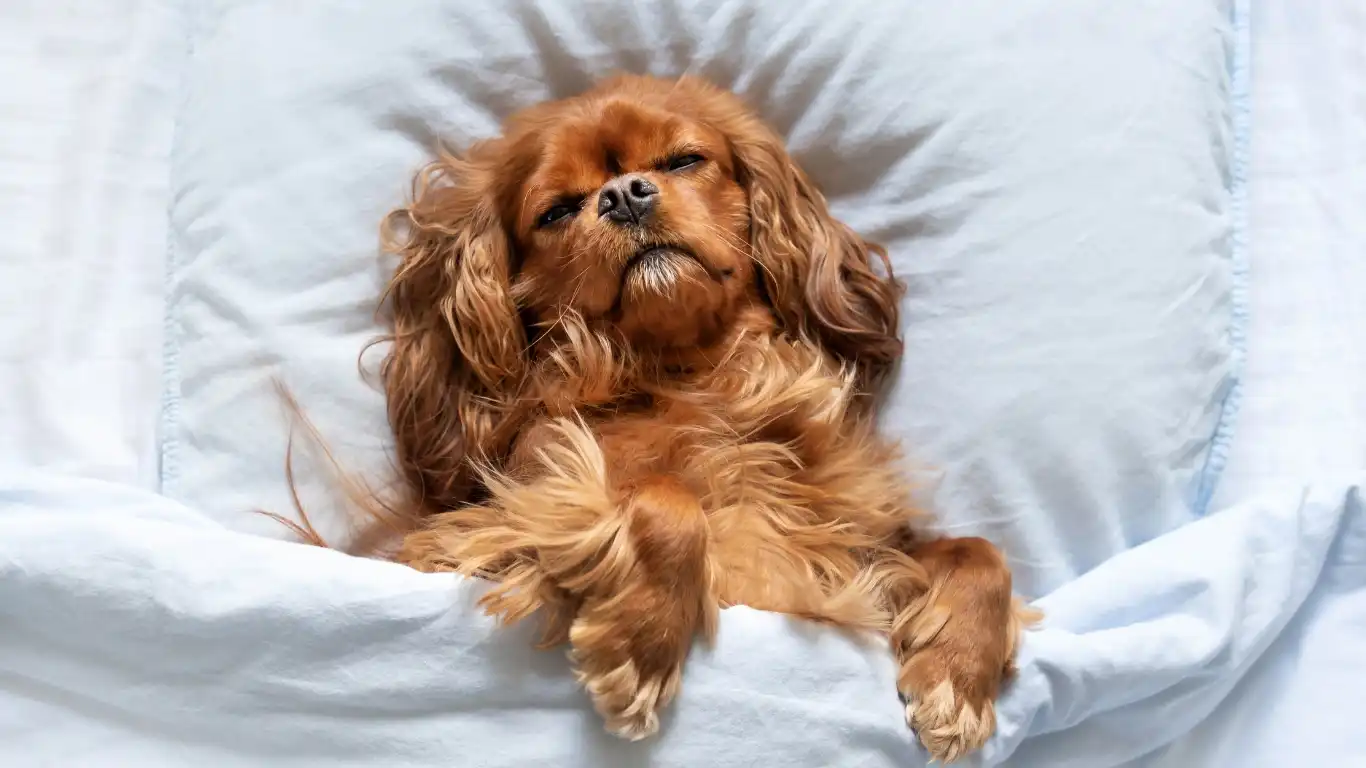
Another helpful technique to stop a dog from jumping on guests is to establish a consistent greeting ritual. With my experience, I’ve found that having a structured routine when guests arrive helps to reduce overexcitement. It sets the tone for your dog and lets them know how to behave during those moments.
1. Create a Calm Environment
When you’re expecting guests, create a calm environment for your dog. You don’t want to set your dog up for failure by leaving them in a highly stimulating situation. Try these ideas to create a calm environment before guests come through the door:
- Keep your dog in another room: If your dog tends to get overly excited when guests arrive, keep them in a separate room or behind a baby gate until things calm down.
- Use calming products: There are plenty of calming products out there, like calming collars, sprays, or even music designed to soothe dogs. These can be helpful when you’re expecting guests, especially if your dog is more anxious or excitable than usual.
- Provide a cozy space: If your dog has a bed or crate they like, make it a peaceful area where they can retreat to when things get a little too hectic. This not only keeps them calm but also helps them learn that they can relax during these interactions.
2. Ask Guests to Ignore Your Dog Until Calm
This is one of those tips I often give to my clients, and it works like a charm! Ask your guests to ignore your dog until they settle down. If your dog jumps up on them, they should not engage, pet, or speak to the dog. Instead, they should stand still, avoid eye contact, and remain calm. Once your dog is sitting or behaving appropriately, your guests can offer calm praise or attention.
This strategy helps teach your dog that calm behavior leads to positive attention. After a few repetitions, your dog will begin to learn that jumping doesn’t result in attention but sitting calmly does. It might take a bit of time, but eventually, your dog will understand what’s expected of them.
#LNF
